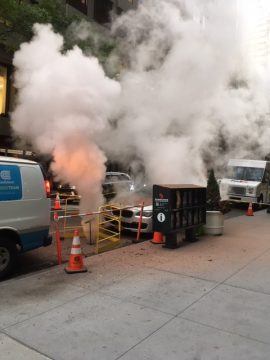by Jeroen Bouterse

For better or worse, Dutch 20th-century postwar literature comes with a canon of three authors: Gerard Reve, Harry Mulisch, and W.F. Hermans. There, you learned something today. Other than this factoid, however, this post is not going to be a lecture about the landscape of Dutch literature, or even the literary qualities of these authors. I am introducing them because I am going to use two of them, and one in particular, to illustrate a point about discourse involving the landscape of science – that is, the distinction between the sciences and humanities.
The notion of a separation between the sciences and humanities usually revolves (again, for better or worse) around C.P. Snow’s famous Rede lecture. In this lecture, Snow tentatively suggests that what he calls the ‘scientific culture’ is probably more left-wing than the ‘literary culture’, as well as more progressive (scientists “have the future in their bones”). In his time, he saw his technocratic ideals represented best by the Labour party, to which he served as scientific advisor. In the 1970s, however, Snow (as chronicled by historian Guy Ortolano)[1] would drift away from the Labour party, and express himself in increasingly negative terms about all the nonsense one had to put up with as a liberal these days. Before his death in 1980, he expressed his sympathy for neo-conservative ideas.
According to Ortolano, Snow was one of multiple Anglophone intellectuals who reconsidered their political alignments in the 1970s. Nor does this necessarily imply that Snow betrayed or radically revised his own previous opinions. These, it seems, remained technocratic and meritocratic, and precisely therefore problematic in the face of a more egalitarian and anti-elitist ‘New Left’. Read more »


 This essay is about technology, probably. I waffle on the theme only because I think blaming existential panic on cell phones is stale, but I’m pretty sure it’s accurate! Let me make my case. I’ve opened Mario Kart Mobile Tour on my phone three times since starting to write this and I’m not yet on my third paragraph. And I’ve already raced all the races and gotten enough stars to pass each cup. And I still keep opening the app. This week it’s Mario Kart, but before that it was Love Island The Game and before that it was Tamagotchi (and Solitaire and Candy Crush and and and). I don’t have a Twitter and I rarely open Instagram so presumably the games are just the most enticing apps I have, but it’s still gross how long I spend with my shoulders tightened, neck tensed, and thumbs exercising. I feel like a loser. And I justify all the time, pretending like I’m having such deep thoughts in the background as I throw red turtle shells. I try to map life onto the racing track; I look for metaphors as I complete a lap and am satisfied with exercising the poetic side of my brain for the day.
This essay is about technology, probably. I waffle on the theme only because I think blaming existential panic on cell phones is stale, but I’m pretty sure it’s accurate! Let me make my case. I’ve opened Mario Kart Mobile Tour on my phone three times since starting to write this and I’m not yet on my third paragraph. And I’ve already raced all the races and gotten enough stars to pass each cup. And I still keep opening the app. This week it’s Mario Kart, but before that it was Love Island The Game and before that it was Tamagotchi (and Solitaire and Candy Crush and and and). I don’t have a Twitter and I rarely open Instagram so presumably the games are just the most enticing apps I have, but it’s still gross how long I spend with my shoulders tightened, neck tensed, and thumbs exercising. I feel like a loser. And I justify all the time, pretending like I’m having such deep thoughts in the background as I throw red turtle shells. I try to map life onto the racing track; I look for metaphors as I complete a lap and am satisfied with exercising the poetic side of my brain for the day. 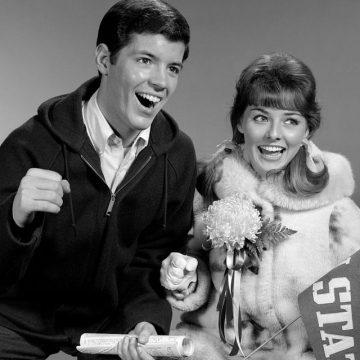
 Fantasy politics starts from the expectation that wishes should come true, that the best outcome imaginable is not just possible but overwhelmingly likely. Brexit is classic fantasy politics, premised on the delightful optimism that if the UK were only freed of its shackles it would easily be able to negotiate the best deals imaginable.
Fantasy politics starts from the expectation that wishes should come true, that the best outcome imaginable is not just possible but overwhelmingly likely. Brexit is classic fantasy politics, premised on the delightful optimism that if the UK were only freed of its shackles it would easily be able to negotiate the best deals imaginable. Baseball has always been a thinking person’s game. Like cricket, it seems able to offer an infinite variety of complicated situations demanding subtle analysis, and these are deliciously frozen for everyone to consider and reconsider during the tense, drawn out intervals between moments of active play. Moreover, although afficianados know the rules well, novel problems can always arise. One such puzzler, amusing and thought-provoking, arose in a 2018 game between
Baseball has always been a thinking person’s game. Like cricket, it seems able to offer an infinite variety of complicated situations demanding subtle analysis, and these are deliciously frozen for everyone to consider and reconsider during the tense, drawn out intervals between moments of active play. Moreover, although afficianados know the rules well, novel problems can always arise. One such puzzler, amusing and thought-provoking, arose in a 2018 game between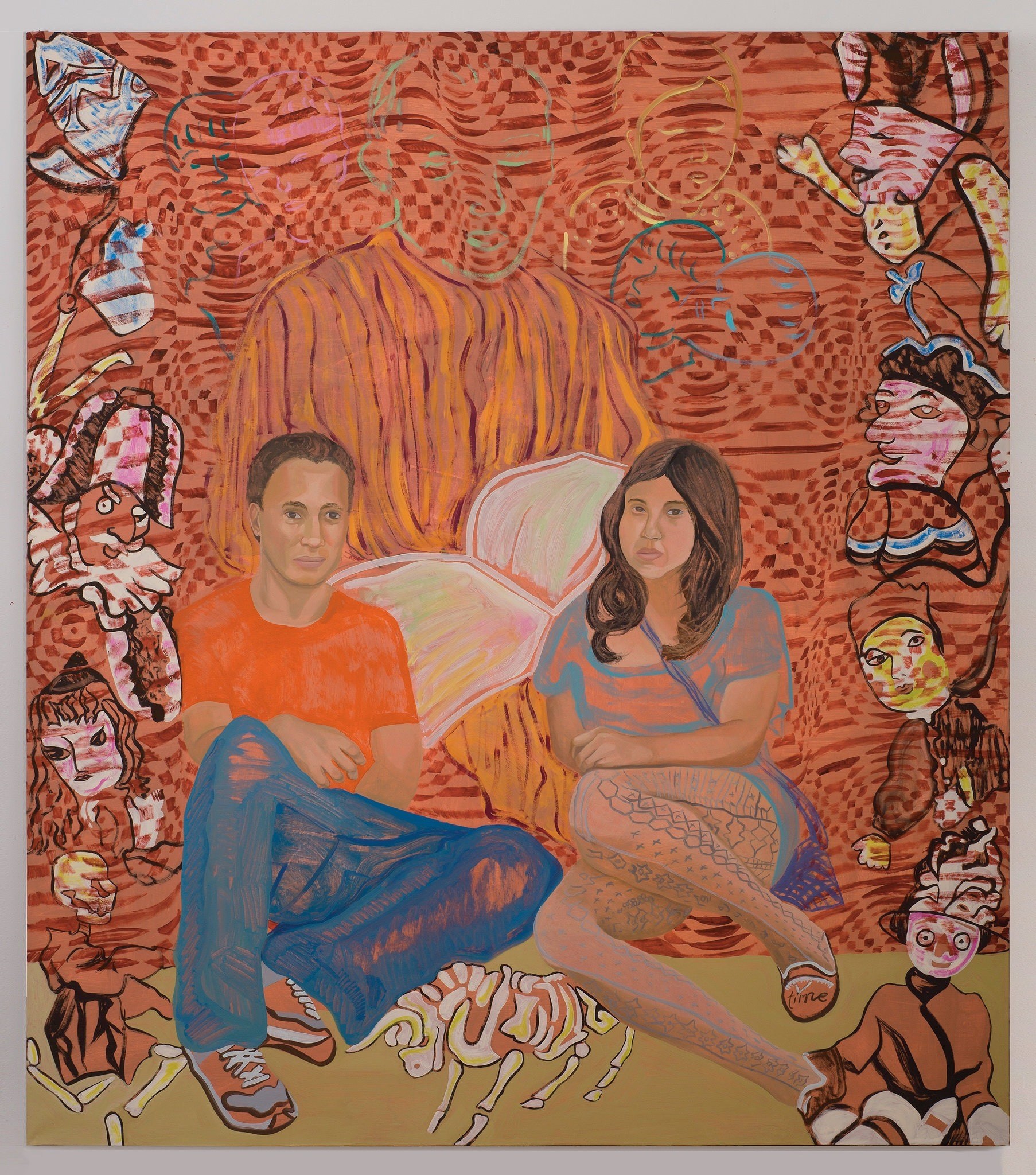

 I could not believe my luck when I woke up this morning. It had rained last night, but this morning the sky was blue the breeze gentle,and the wild grass along the smelly sluggish, open sewer that meanders through the swanky Defense Housing Authority—home to lush golf courses and palatial villas—past the gates of the elite Lahore University of Management Sciences, was audaciously green. The mango tree in the front yard of my mother’s house—quiet after a fertile summer of exuberant fruiting—balances the crow’s nest full of chattering chicks in its gently swaying branches. All God’s creations bask in the mellow sunshine. No more the snow and ice and cold of Eastern US. For these weeks, it’s going to be this bliss in Lahore. I was glad to be me, and to be alive. I say to myself “Thank God I am on this side of the earth, rather than under it.” What a beautiful world. So much to see and so much to do. I could live like this for a hundred years like William Hazlitt, who claimed to have spent his life “reading books, looking at pictures, going to plays, hearing, thinking, writing on what pleased me best.” I’ll add eating to that list, at the top of it, fried eggs and buttered toast.
I could not believe my luck when I woke up this morning. It had rained last night, but this morning the sky was blue the breeze gentle,and the wild grass along the smelly sluggish, open sewer that meanders through the swanky Defense Housing Authority—home to lush golf courses and palatial villas—past the gates of the elite Lahore University of Management Sciences, was audaciously green. The mango tree in the front yard of my mother’s house—quiet after a fertile summer of exuberant fruiting—balances the crow’s nest full of chattering chicks in its gently swaying branches. All God’s creations bask in the mellow sunshine. No more the snow and ice and cold of Eastern US. For these weeks, it’s going to be this bliss in Lahore. I was glad to be me, and to be alive. I say to myself “Thank God I am on this side of the earth, rather than under it.” What a beautiful world. So much to see and so much to do. I could live like this for a hundred years like William Hazlitt, who claimed to have spent his life “reading books, looking at pictures, going to plays, hearing, thinking, writing on what pleased me best.” I’ll add eating to that list, at the top of it, fried eggs and buttered toast.
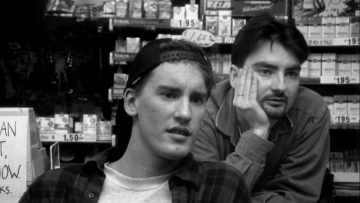
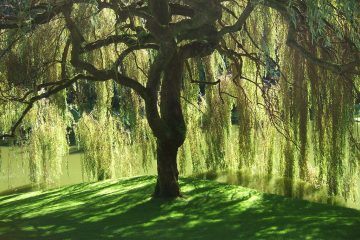

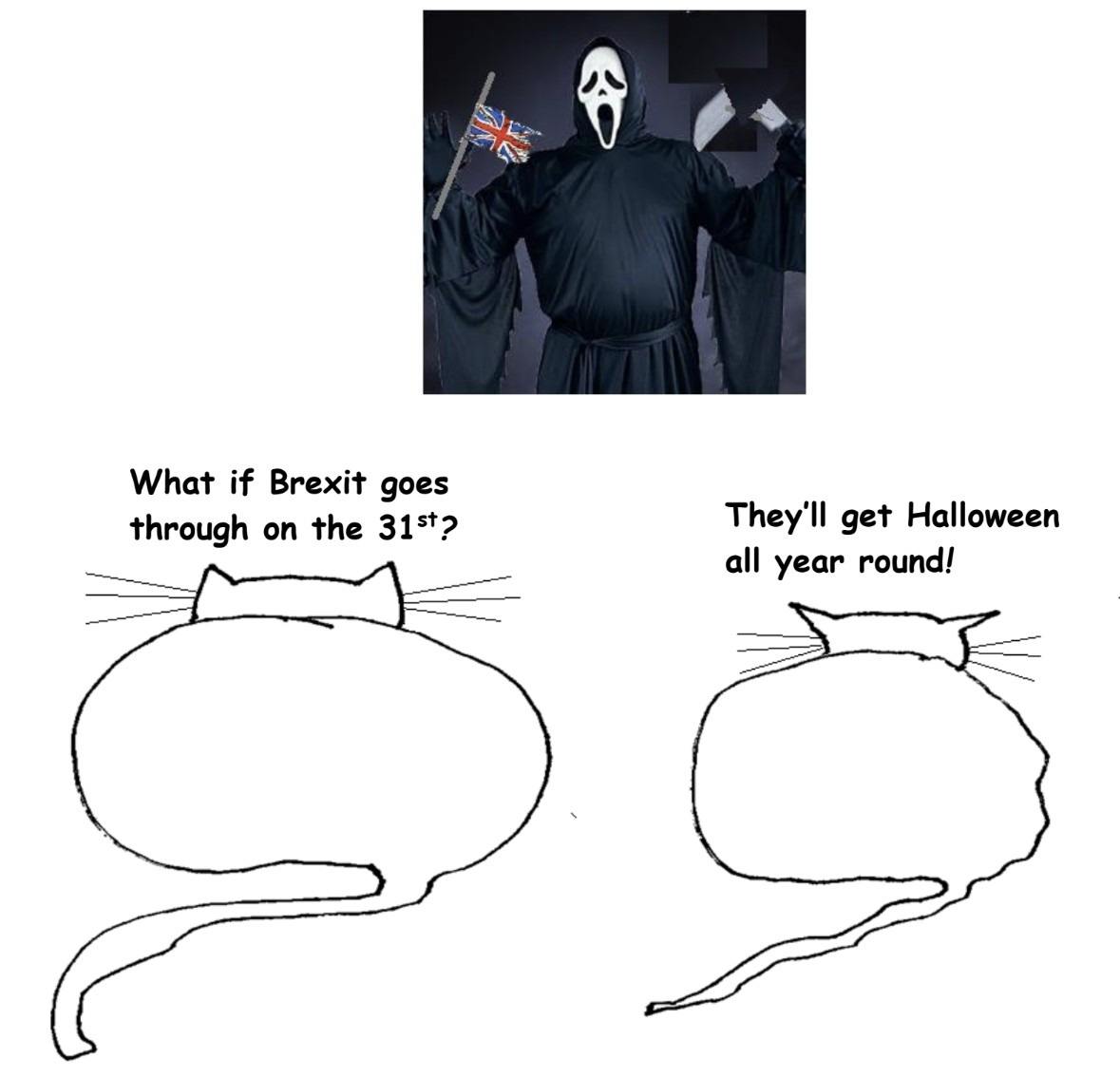
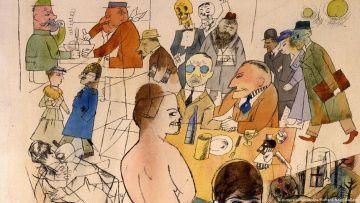
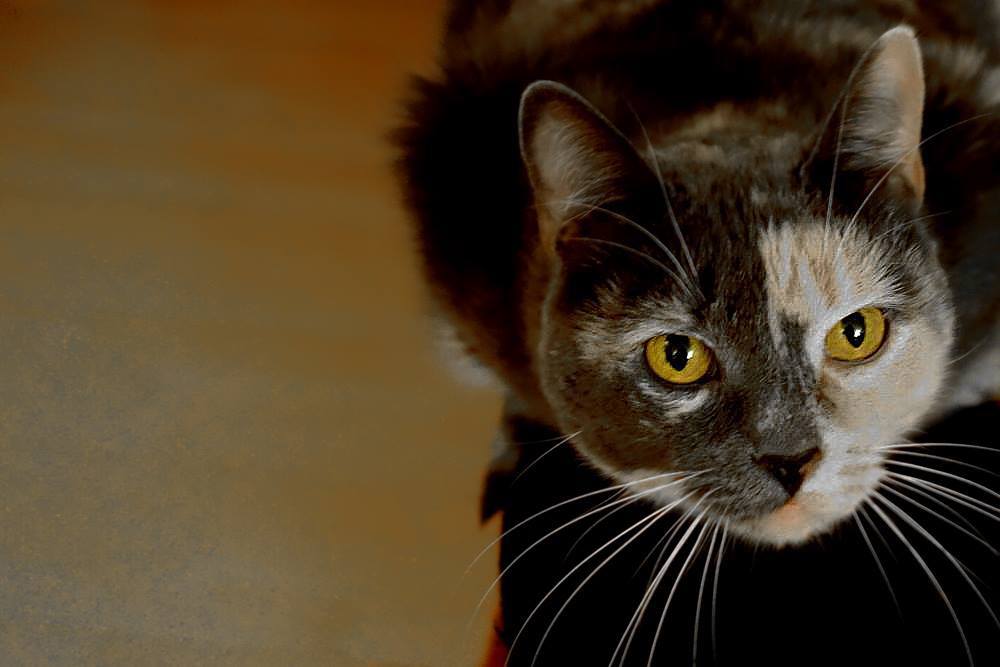
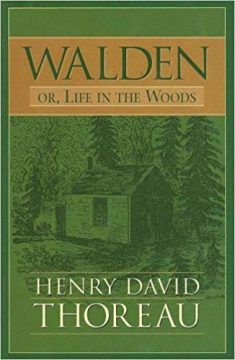 American writer Rebecca Solnit laments that few writers have had quite as much scrutiny directed toward their laundry habits as Transcendentalist writer Henry David Thoreau, best known for his 1854 memoir Walden. “Only Henry David Thoreau,” she claims in Orion Magazine’s article “Mysteries of Thoreau, Unsolved,” “has been tried in the popular imagination and found wanting for his cleaning arrangements.”
American writer Rebecca Solnit laments that few writers have had quite as much scrutiny directed toward their laundry habits as Transcendentalist writer Henry David Thoreau, best known for his 1854 memoir Walden. “Only Henry David Thoreau,” she claims in Orion Magazine’s article “Mysteries of Thoreau, Unsolved,” “has been tried in the popular imagination and found wanting for his cleaning arrangements.” Among the best books I’ve read about wine are the two by wine importer Terry Theise.
Among the best books I’ve read about wine are the two by wine importer Terry Theise. 